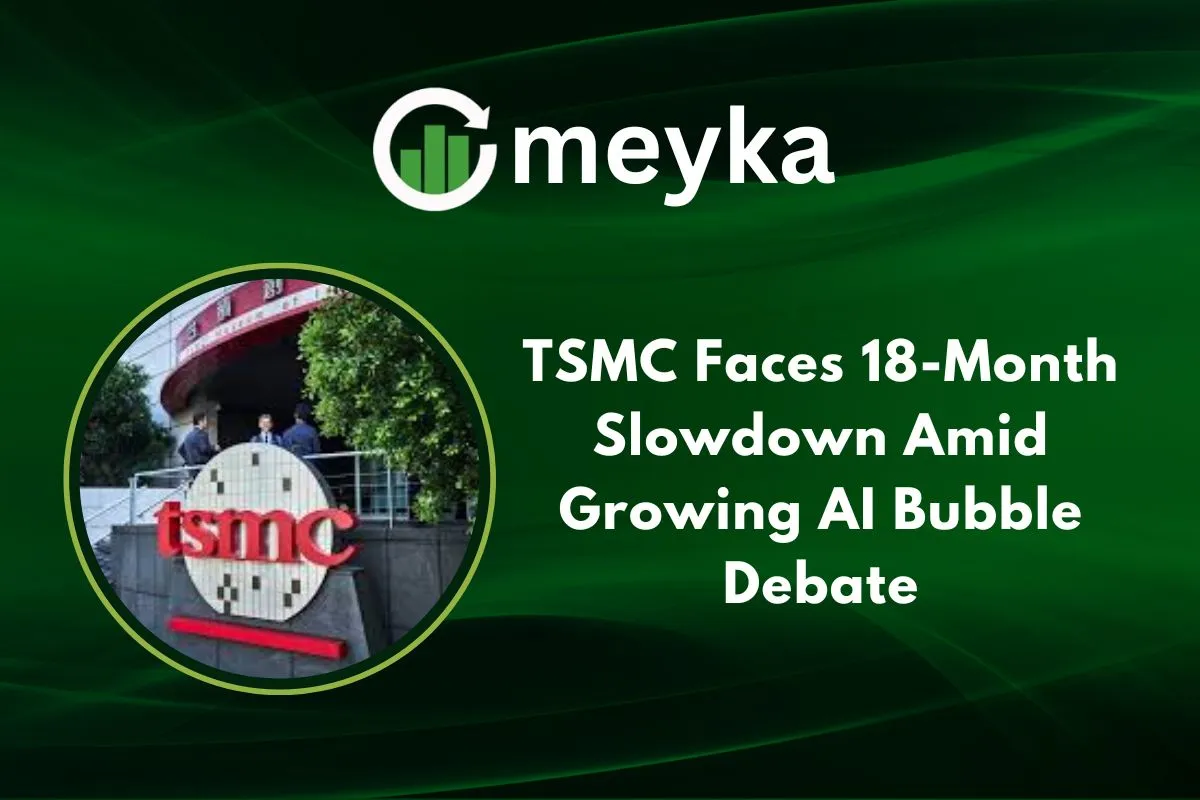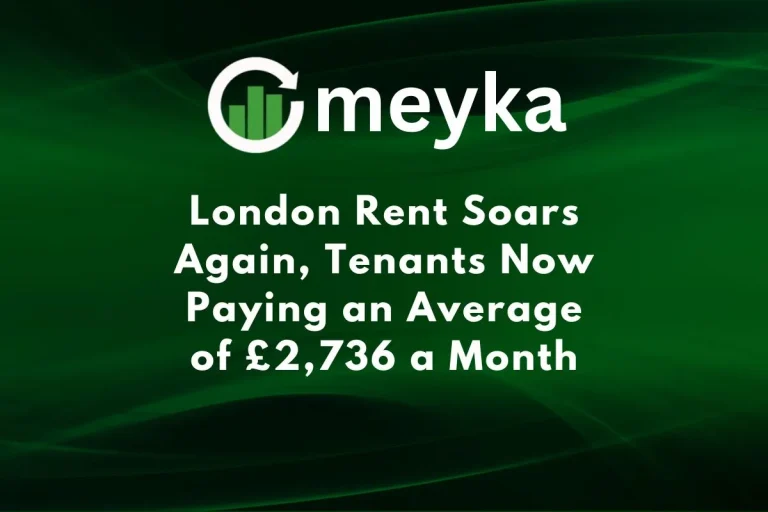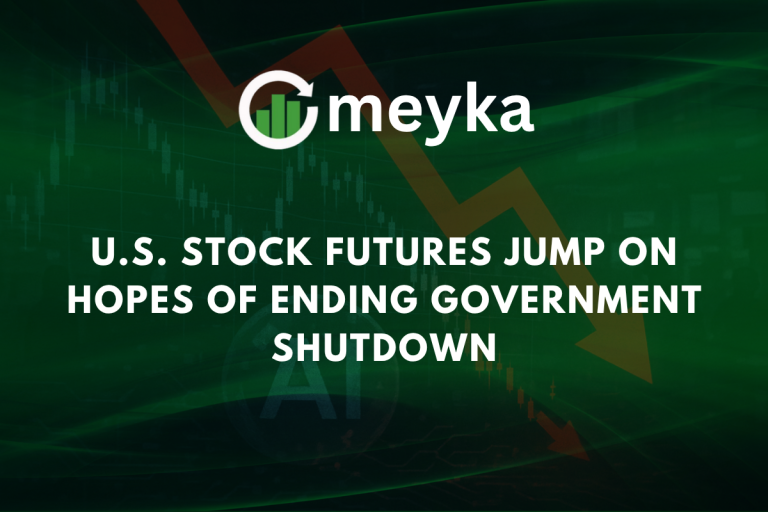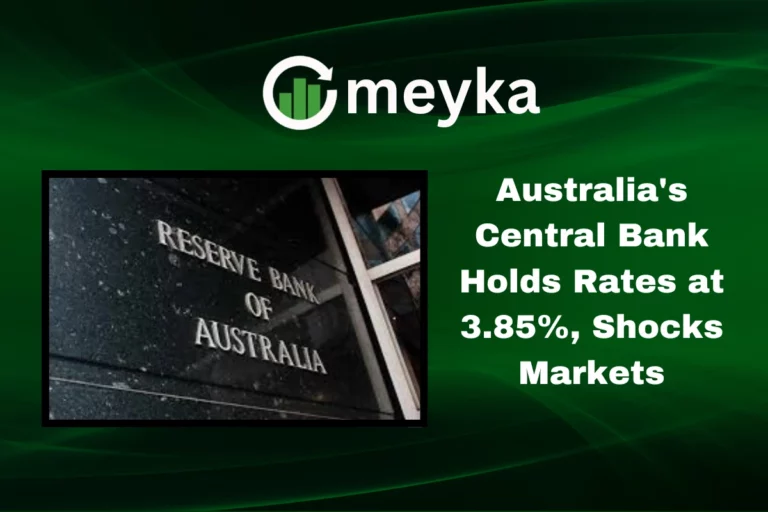TSMC Faces 18-Month Slowdown Amid Growing AI Bubble Debate
We’re watching a turning point for Taiwan Semiconductor Manufacturing Company (TSMC). The company posted October sales growth of about 16.9 % year‑on‑year, its slowest pace since February 2024. This slowdown sparks questions: are we seeing a temporary soft patch, or a deeper shift in the chip industry? At the same time, the hype around artificial intelligence (AI) chips is massive. Firms are investing billions in data centres, GPUs, and accelerators. Yet, some analysts caution that this boom may resemble a bubble. We’ll explore how TSMC’s slowdown ties into that broader story. We’ll look at what’s happening now, why it’s happening, and what it might mean for investors, tech firms, and the future of AI hardware.
Overview of TSMC’s Current Situation
TSMC is the world’s largest contract chipmaker. It manufactures advanced semiconductors (for example, 3 nm and 5 nm nodes) for firms like Nvidia, Apple, and Advanced Micro Devices. Recently, TSMC hit record revenues. For Q3 2025, it posted about US$33.1 billion, up roughly 40.8 % year‑on‑year, driven by strong demand for AI and high‑performance computing chips. Yet, the growth rate is softening. The 16.9 % growth in October is the slowest monthly growth since early 2024. While that still means growth, it raises questions about momentum.
A few key factors are at play:
- Supply‑demand mismatches: TSMC says capacity remains very tight.
- Inventory build‑up: Tech firms may have over‑ordered chips, expecting stronger demand ahead.
- The global tech cycle: Spending may be cooling with macro headwinds (inflation, interest rates).
Comparing to past slowdowns helps. The semiconductor industry has gone through booms and busts, so a slowdown isn’t always alarming, but it does warrant attention.
AI Industry Growth vs. Hype
AI is everywhere now. From generative models to cloud services to autonomous systems, firms are pouring money into infrastructure. For example, major tech companies (e.g., Meta Platforms, Alphabet Inc., Amazon.com, Inc., and Microsoft Corporation) are expected to spend over US$400 billion next year on AI build‑out, rising some 21 % from 2025. TSMC has benefited. AI chips are a major driver of its advanced node business. Yet the tricky part is: How much of this growth is sustainable? And how much is being driven by hype?
Some analysts warn of an “AI bubble”, meaning valuations and expectations are detached from what the market can realistically deliver. For TSMC, this matters because if demand slows quickly, the company may have less leverage and growth may flatten. The recent slowdown in growth rate feeds that concern. That said, AI demand remains strong in absolute terms. For example, Nvidia’s CEO visited Taiwan and asked TSMC for more chip output. So, we have a scenario where demand remains high but the growth rate is moderating. The question is whether that moderation is a blip or the start of something larger.
Global Semiconductor Market Factors
Several broader forces affect TSMC’s signal and noise:
Supply chain & geopolitics: Trade tensions (such as US‑China) and export restrictions put pressure on chip makers. TSMC’s CEO said tariffs affect costs and margins.
Macroeconomics: Higher interest rates and slower economic growth are making companies more cautious about large cap‑ex and hardware investment. That can slow demand for chips.
Inventory correction: Some big tech firms may have stocked up on chips, expecting strong growth. Now they may pause. This reduces near‑term orders.
Competitor activity: Companies like Samsung Electronics and Intel Corporation are also pushing advanced nodes and foundry services. That adds pressure.
So TSMC is navigating a complex set of headwinds even as its core business remains strong.
Implications for Investors and Tech Companies
For investors: The slowdown in growth rate might raise short‑term caution. Though TSMC still grew, the deceleration matters for valuation. If investors expect 30‑40 % growth and see 16.9 %, sentiment can change. On the flip side, because TSMC is still dominant, a pull‑back might offer a buying opportunity.
For tech companies and AI startups: If the boom is real and long‑lasting, TSMC’s capacity will remain a bottleneck. That gives TSMC pricing power. But if demand falls faster than expected, chip supply will outpace demand, and that might hurt the strategic plans of startups relying on the latest silicon.
Short‑term vs. long‑term: In the short term, we may see growth slow or fluctuate. In the long run, if AI continues to scale (edge, cloud, other applications), TSMC’s advanced nodes and packaging tech could win big. The key is whether demand transitions from hype to proven business cases.
Conclusion
We’ve seen that TSMC’s situation is nuanced. The company posted impressive growth overall, yet the pace of that growth has decelerated to its slowest monthly level since early 2024 (October saw ~16.9 % growth). This ties into broader questions about the AI chip boom and whether current demand is sustainable or inflated. We must watch carefully: Is the current softness just a blip in a cycle, or the first sign of a deeper shift? For TSMC, and for the semiconductor ecosystem, it matters a lot. Staying grounded in real demand, not just hype, will be key to a smoother future.
FAQS
In the second quarter of 2025, about one‑third (≈ 30%) of TSMC’s revenue came from AI chip manufacturing and packaging.
TSMC’s growth rate has slowed due to inventory build‑up, macroeconomic headwinds, and concerns about a possible pull‑back in AI spending.
Yes, but only mildly. The rise of DeepSeek could reduce demand for some AIAI hardwarebut analysts say TSMC’s full utilization and strong node leadership keep it resilient.
Disclaimer:
The content shared by Meyka AI PTY LTD is solely for research and informational purposes. Meyka is not a financial advisory service, and the information provided should not be considered investment or trading advice.






